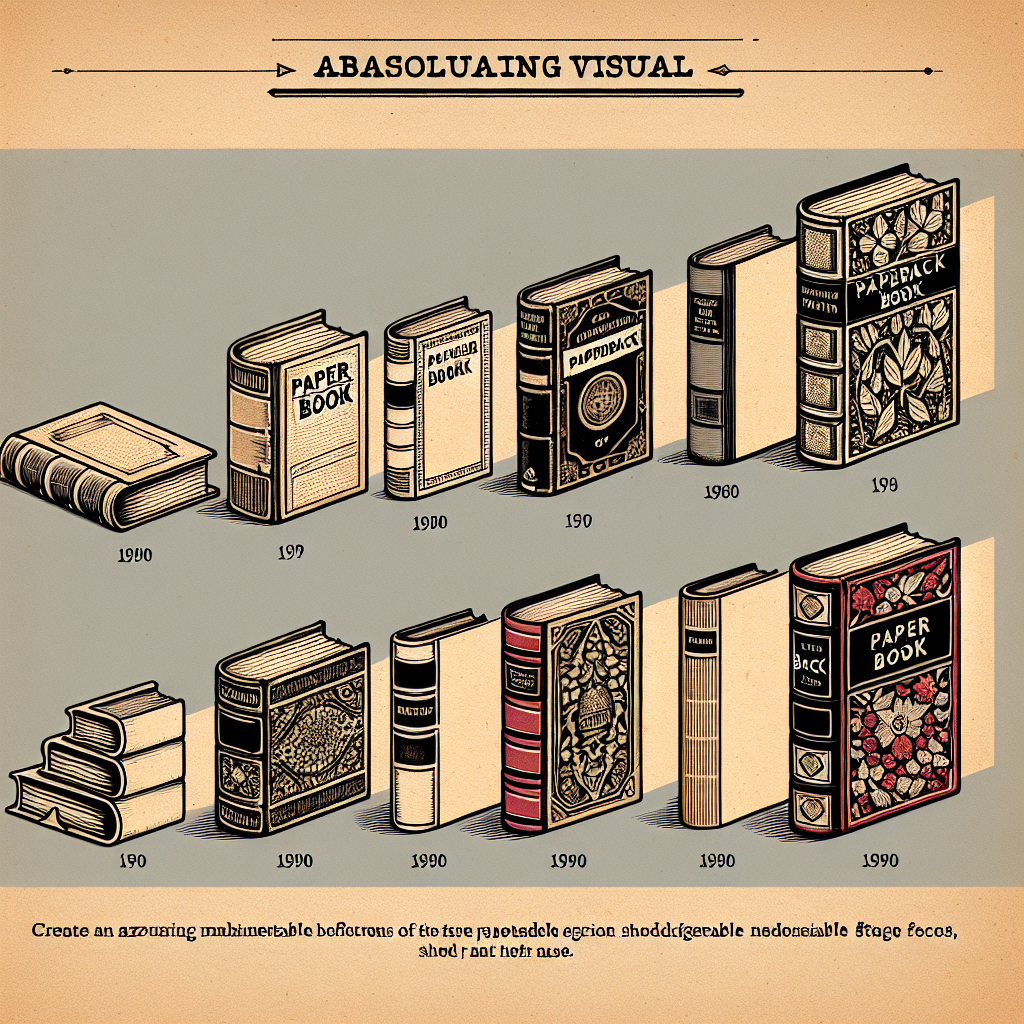Your cart is currently empty!
A Look at the History and Evolution of the Paperback Book

For centuries, books have been a valuable source of knowledge and entertainment. However, it wasn’t until the 19th century that the paperback book as we know it today began to take shape. The history and evolution of the paperback book is a fascinating journey that sheds light on the changing landscape of publishing and reading habits.
The concept of the paperback book can be traced back to the 17th century when small, cheap pamphlets called chapbooks were printed and sold on the streets of Europe. These pamphlets were often filled with popular stories, ballads, and plays, making them accessible to a wider audience than traditional, expensive hardcover books.
In the 19th century, technological advancements in printing and binding made it possible to produce books in a more cost-effective manner. This led to the rise of the paperback book, which was typically sold in small, portable formats that were easy to carry and affordable for the average person.
One of the key figures in the history of the paperback book is Sir Allen Lane, who founded Penguin Books in 1935. Lane believed that books should be accessible to everyone, not just the wealthy elite, and he revolutionized the publishing industry by producing high-quality paperbacks that were sold for a fraction of the price of hardcovers.
During World War II, paperback books became even more popular as they were distributed to soldiers to boost morale and provide entertainment during their downtime. This further solidified the paperback book’s place in the publishing world and paved the way for its continued growth and success in the decades that followed.
Today, paperback books continue to be a popular choice for readers around the world. They are lightweight, affordable, and easy to carry, making them the perfect choice for travel or casual reading. With the rise of e-books and digital reading devices, some have predicted the demise of the paperback book. However, many readers still prefer the tactile experience of turning the pages of a physical book.
In conclusion, the history and evolution of the paperback book is a testament to the enduring power of literature and the ever-changing nature of the publishing industry. From humble beginnings as cheap pamphlets to becoming a staple in bookstores and libraries worldwide, the paperback book has stood the test of time and remains a beloved format for readers of all ages.

Leave a Reply